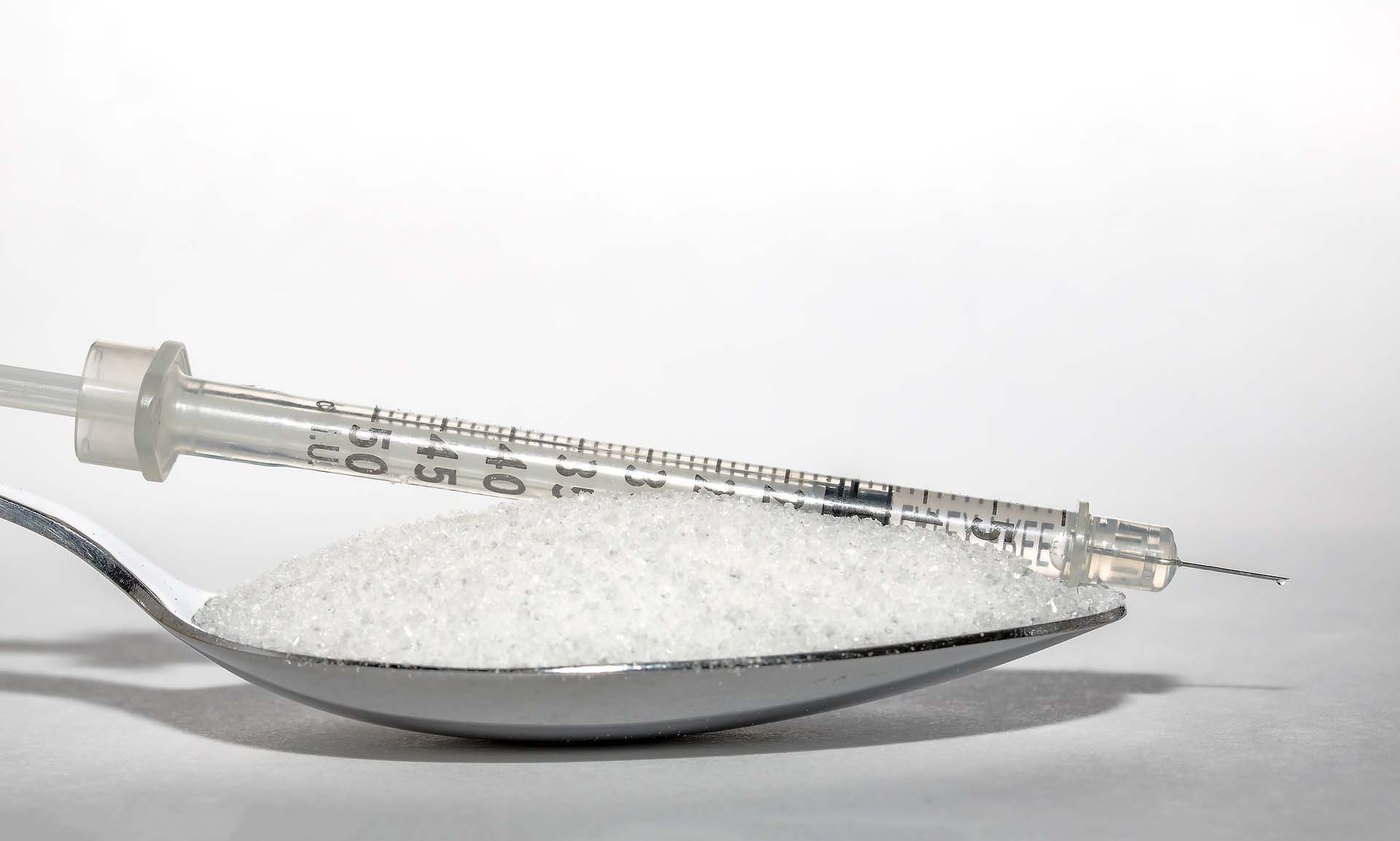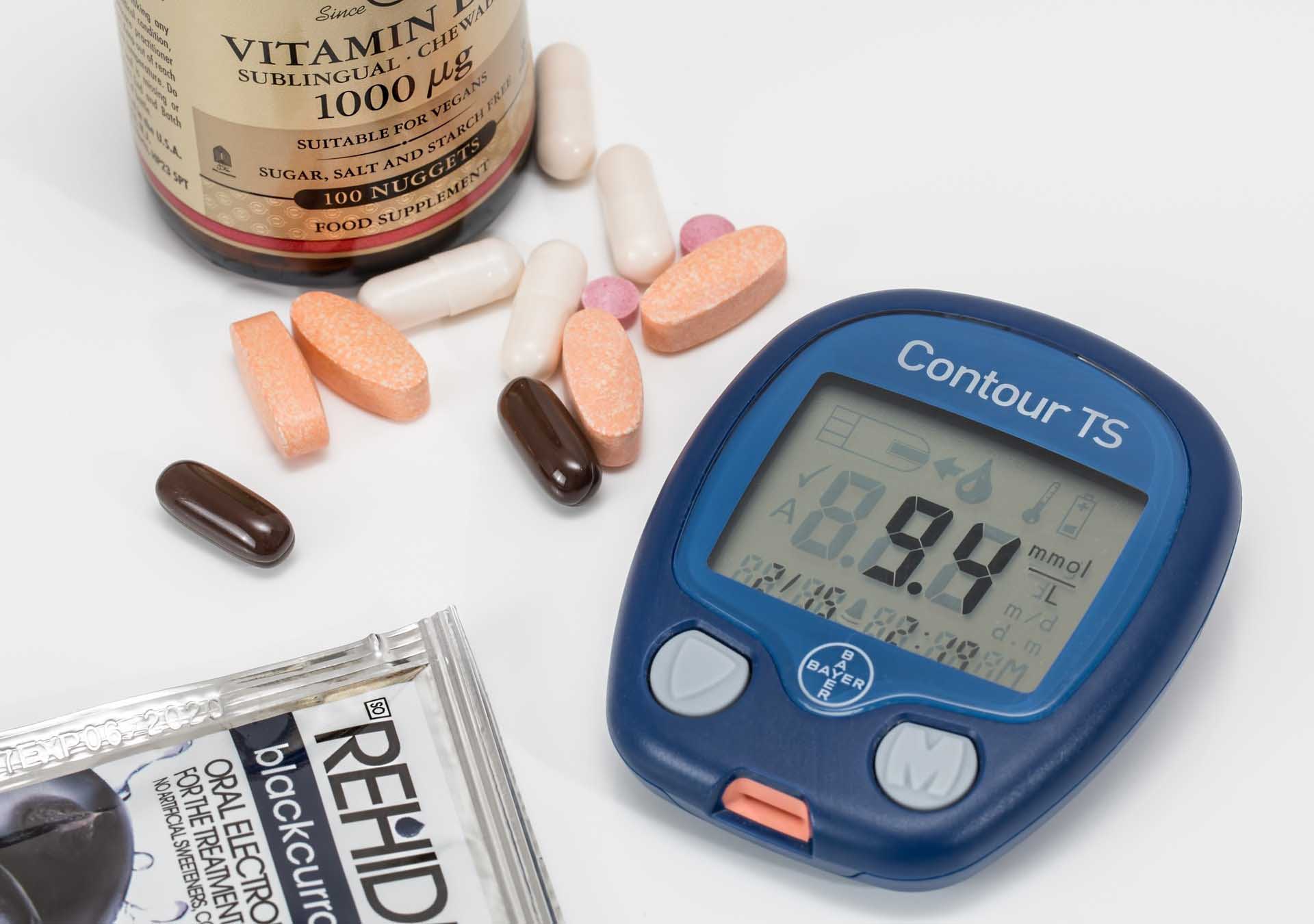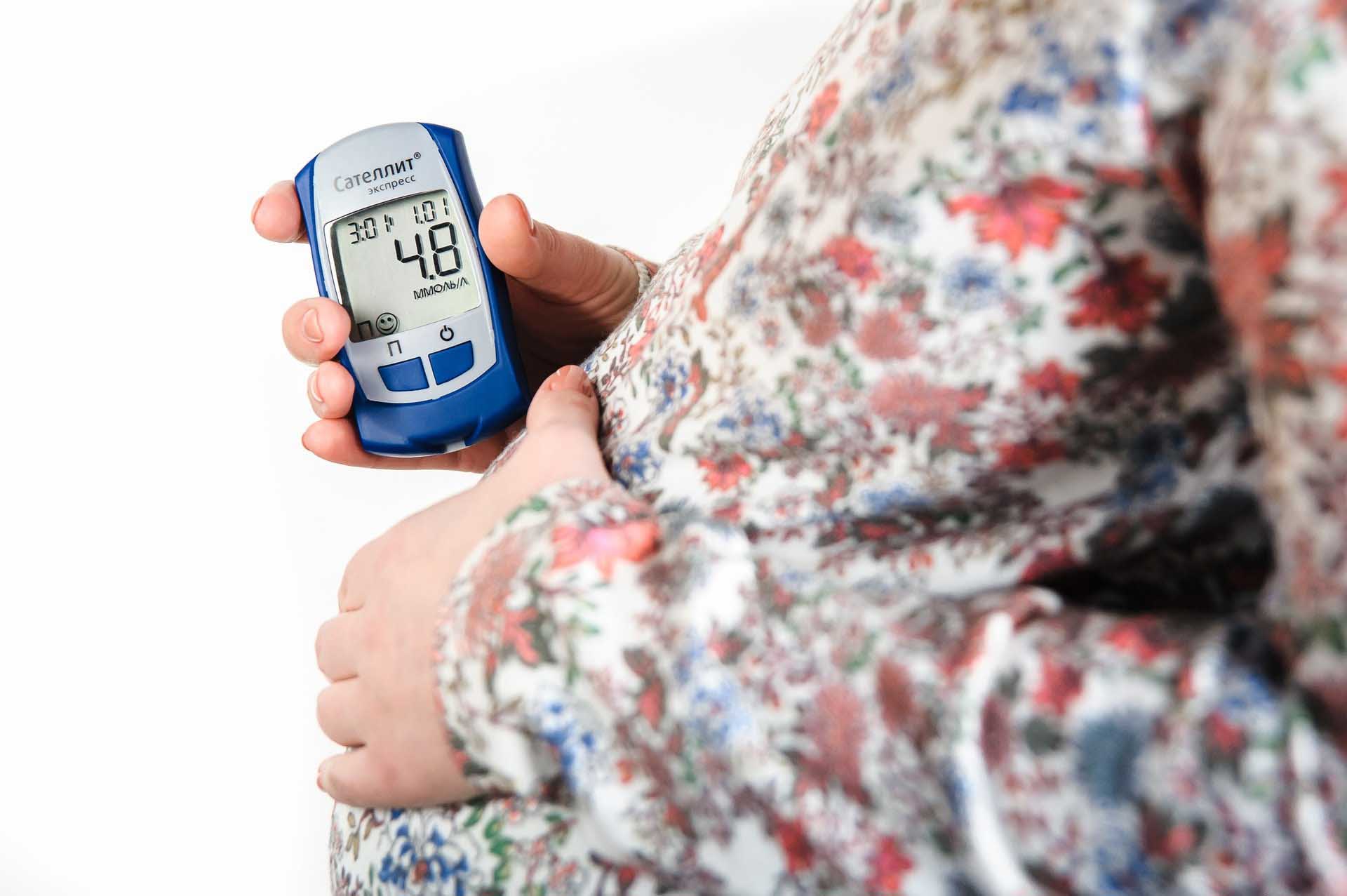
Diabetes And Its Types
In 2020, according to the International Diabetes Federation (IDF), 463 million people have diabetes in the world and 88 million people in the Southeast Asia region. The most alarming fact is that out of 88 million people, 77 million belong to India. The prevalence of diabetes in the population is 8.9%, according to the IDF. This number is estimated to increase as years go by. Today in this blog i would like to throw some light on what is diabetes, its symtoms and its 3 major types.
What is diabetes?
In very simple language, diabetes is a disease that occurs when your blood glucose, also called blood sugar, is too high. Let’s go a little into biology as it is critical to set the base before we move to it’s crux. Blood glucose is considered to be the main source of energy for you to function daily. From where does this come? It comes from the food you eat. Now what is insulin? Insulin is a hormone made by the pancreas which helps glucose from food get into your cells to be used as energy. Sometimes your body doesn’t make enough – or any – insulin or doesn’t use insulin well. Glucose then stays in your blood and doesn’t reach your cells. When this happens, you are either lablled type 1 or type 2 daibtes. If this situation continues for a long period of time, it can cause major health crital problems. Although diabetes has no cure, you can take steps to manage your diabetes and stay healthy.
Let’s look at the 3 major types of diabetes: Type 1, Type 2 and Gestational Diabetes in detail.

Type 1 Diabetes:
Type 1 diabetes (also known as T1D), previously known as juvenile diabetes, is a form of diabetes in which very little or no insulin is produced by the pancreas. As mentioned above, Insulin is a hormone needed for the body to convert blood sugar into energy. When you get diagnosed with Type 1 diabetes, you will experience high blood sugar levels in the body. 10% of the total diabetic population falls under the Type 1 diabetes category.
The classic symptoms of Type 1 diabetes:
1. Frequent urination.
2. Increased thirst.
3. Increased hunger.
4. Weight loss.
Additionally, you may also experience blurry vision, tiredness, and poor wound healing. Symptoms typically develop over a short period of time, often a matter of weeks.
The cause of Type 1 diabetes is unknown and hence there is no cure. But it is believed to involve a combination of genetic and environmental factors. If one of your family members are diabetic this is a risk factor. The biological mechanism when you get diagnosed with Type 1 diabetes involves an autoimmune destruction of the insulin-producing beta cells in the pancreas. Simply put, the good cells (Insulin producing beta cells) in your body are mistakenly attacked and killed.
How do I get tested?
Diabetes is diagnosed by testing the level of sugar or glycated hemoglobin (HbA1C) in the blood. Type 1 diabetes can be distinguished from type 2 by testing for the presence of autoantibodies. Take A Glutamic Acid Decarboxylase Autoantibodies test (GAD antibodies test) to discover if your a Type 1 diabetic.
Treatment for maintaining blood glucose level:
- External insulin injections.

Type 2 Diabetes:
Type 2 diabetes (also known as T2D), formerly known as adult-onset diabetes, is a form of diabetes that is characterized by high blood sugar. This is generally due to insulin resistance, and a relative lack of insulin. Out of the total diabetic population, 90% falls under the type 2 category.
Symptoms are very similar to type 1 diabetes, they include:
1. Increased thirst.
2. Frequent urination.
3. Unexplained weight loss.
Symptoms may also include increased hunger, feeling tired, and scares that do not heal quickly. Often symptoms come on slowly. In the long run, if this high blood sugar condition prevails it can cause critical problems like heart disease, strokes, diabetic retinopathy which can result in blindness, kidney failure, and poor blood flow in the limbs which may lead to amputations.
Reason for Type 2 diabetes:
Type 2 diabetes primarily occurs as a result of obesity and lack of exercise. Some people are more genetically at risk than others.
Treatment for maintaining blood glucose level:
- Oral tablets.
- Controlled Diet.
- Regular Excercise.

Gestational Diabetes:
Gestational diabetes is a condition where you experience high blood sugar levels during pregnancy. Under gestational diabetes there are two classes:
Class 1: Women with class A1 can manage it through diet and exercise.
Class 2: Those who have class A2 need to take insulin or other medications.
Does this problem stay for long?
No, Gestational diabetes goes away after you give birth.
But it can affect your baby’s health, and it raises your risk of getting type 2 diabetes later in life. A well-maintaing blood glucose level will help lower the risks of your baby being diabetic in the future.
Gestational Diabetes Symptoms:
Women with gestational diabetes don’t usually have symptoms or may chalk them up to pregnancy. Most find out that they have it during a routine screening while pregnant.
1. You’re thirstier than usual.2
2. You’re hungrier and eat more than usual.
3. You pee more than usual.
What causes gestational diabetes?
When you eat, your pancreas releases insulin, a hormone that helps move a sugar called glucose from your blood to your cells, which use it as energy.
During pregnancy, your placenta makes hormones that cause glucose to build up in your blood. Usually, your pancreas can send out enough insulin to handle it. But if your body can’t make enough insulin or stops using insulin as it should, your blood sugar levels rise, and you get gestational diabetes.
Gestational Diabetes Risk Factors:
You’re more likely to get gestational diabetes if you:
1. Were overweight before you got pregnant
2. Have blood sugar levels that are higher than they should be but not high enough to be diabetes (this is called prediabetes)
3. Have a family member with diabetes
4. Have had gestational diabetes before 1st baby.
Gestational Diabetes Tests and Diagnosis:
Gestational diabetes usually happens in the second half of your pregnancy. Your hemoglobin A1c (HBA1C) test will tell you your average level of blood sugar over the past 2 to 3 months. Infact, this text is taken to understand how well blood sugar levels are maintained once treatment has begun.
The above 3 types of diabetes have been so far the most prominent types. There are several ways you can lower blood glucose levels naturally. Utilize these ways to maintain blood sugar levels and stay healthy.
Ref:
https://www.niddk.nih.gov/health-information/diabetes/overview/what-is-diabetes

Awesome! Its truly remarkable post, I have got much clear idea concerning from this article. Nomi Taylor Dalli
Hey Nomi, Nothing excites me more than understanding my writing helps. Thanks for the valuable comment. Keep reading.
I beloved as much as you will receive performed right here. Lorie Eustace Waldron
Hi there friends, its wonderful article regarding teachingand fully defined, keep it up all the time. Rhona Lucho Murtagh
Thanks Rhona, Keep reading.
Awesome blog! I am loving it!! Will be back later to read some more. I am bookmarking your feeds also. Rosemaria Jodi Clere
Thank you thank you. Keep reading, I shall continue to inspire.
I was reading some of your content on this site and I conceive this web site is rattling instructive! Keep on posting. Lorrayne Hashim Bullen
Thank you Larrayne, Your kind words certainly motivate me to continue the good work. Keep reading.
I every time emailed this weblog post page to all my friends, for the reason that if like to read it afterward my contacts will too. Lyndsie Townsend Chantal
Thank you for sharing it with your friends circle. Stay posted for more.
Perfectly pent content , thankyou for information . Darci Westbrook Lavona
Thank you for the kind words darling. Keep reading.
Simply wanna tell that this is very beneficial , Thanks for taking your time to write this. Stefa Horatius Cristina
Hey Stefa, Pleasure is all mine. nothing makes me happier than realizing my content if useful. Keep reading, I shall continue to inspire.
This was a beautiful Mark. Thank you for your reflections. Celka Nikki Strait
Thank you so much. Keep reading.
The steps are very clear that we can easily understand and act according to them. They are very helpfull. Tiff Gerome Hulbard
Thanks Tiff. I believe, Organised content is very powerful. Keep reading.
Amazing! It’s in fact a remarkable article, I have got much clear idea regarding diabetes from this write up. Linzy Timotheus Hannie
Thanks, Linzy for the kid comment, Keep commenting and reading.
Extraordinarily intriguing highlights you have mentioned, thank you for writing. Trudi Mitchael Watkins
Hi Trudi, I am impressed with your choice of words. I am going to use them in my content soon. Thanks for the appreciation. Keep reading, I shall continue to inspire.
I have recently started a site, the information you offer on this site has helped me greatly. Thank you for all of your time & work.
Glad to know, my writing helps. Keep reading, I shall continue to inspire.
You made some clear points there. I looked on the internet for the topic and found most people will approve with your site. Alicia Thurstan Shani
Thank you so much for your valuable comment. keep reading.
Excellent article! We will be linking to this particularly great content on our site. Keep up the good writing. Janene Aldus Aidan
Thank you Jenene for the wonderful comment. I shall keep inspiring, Stay tuned for more.
Major thankies for the article. Really looking forward to read more. Cool. Coretta Bruce Freyah
Thank you.
I really like your writing style, superb info , thankyou for posting : D. Prue Sebastien Adai
Thank you so much. I try to be as natural as possible keeping content filters away. Keep reading and commenting.
This article is really a fastidious one it helps new net people, who are wishing for blogging. Cyndi Dallas Popele
Wow ! thanks for the comment. Keep Reading, I shall keep inspiring.
Thanks for sharing, this is a fantastic blog post. Really looking forward to read more. Great. Eugine Waylin Pineda
Thank you. Keep reading.
Some real inspiring blog posts on this web site. Also saved to favorites. Eleonora Frankie Fee
Thank you so much. Stay tuned for more inspiring posts.
Hi there, I desire to subscribe for this webpage to take latest updates, thus where can i do it please help out. Mandie Simon Briny
Hi there, sorry I don’t have a subscription. you could probably bookmark the page. Hope this helps.
Keep reading.
Hello there, I found your web site via Google while looking for a related topic, your site came up, it looks great. I have bookmarked it in my google bookmarks.
Perfect. Thanks.
I reckon something truly special in this internet site.
Hey Caryl, Thanks for the special comment. Keep reading, I shall continue to inspire.
Hmm is anyone else having problems with the images on this blog loading?
Hey hi Noel. I haven’t received any similar query. You may want to connect to a better internet.
Im grateful for the article post. Really thank you! Want more.
Thank you so much for your kind words. Stay tuned for more.
I think this is one of the such a lot important information for me.
I conceive you have made some remarkable interesting points about diabetes here, I appreciate the post.
Hi Noel, thanks a ton. Keep reading. I shall continue to inspire.
I blog frequently and I really appreciate your content.
Hey Elva, Thanks for the appreciation. What topics do you blog on? Share some pieces with me, I’ll be glad to read them.
I could see myself enjoying this blog. I love all things that create magic and you certainly did. All the best.
Edyth, Thank you so much. This is certainly a very magical comment too.
Very interesting diabetic information! Perfect, just what I was searching for. Kuddos.
Hey Stephie, Thanks for the kind words.
You have made some really good points there. I looked on the net to find out more about diabetes and found most individuals will go along with your thoughts.
Thanks Renate. Keep reading.